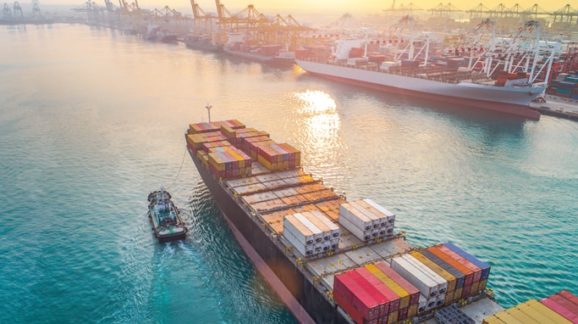Changing Trends in Trade Legislation: Toward Limiting Executive Power?

Photo Credit: Getty
There is no shortage of criticism of the Trump administration’s trade policy. The president and his administration have been digging deep into the toolbox of U.S. trade law to implement tariffs and other protectionist policies. Lawmakers, journalists, and scholars from across the political spectrum have lambasted the president’s actions on trade. It appears unclear if Congress has serious intentions of reining in presidential power on trade, but a closer look shows there may be some optimism in the legislative branch’s desire to promote freer trade.
The Trump administration has used tariffs unlike any in recent history. The use of Section 232 tariffs on steel and aluminum has garnered particular attention, and the rationale of “national security” in Section 232 has raised great concern within the conversation of presidential powers. Two lesser known items, the Commerce Control List (CCL) and Entity List, have likewise been used under the justification of national security to restrict trade. Just last week, the Commerce Department published a final rule expanding the national security license review policy for CCL items destined to China, Venezuela, and Russia. And the Entity List has been used to restrict the world’s largest telecommunications equipment vender, Huawei, in addition to a number of Chinese tech companies.
Further, the Commerce Department has targeted foreign steel products in anti-dumping investigations with increased use of the “particular market situation” provision in the Trade Preference Act of 2015. It allows Commerce to adjust its calculations of cost data when other factors affect that ability to accurately determine cost of production. The recent antidumping investigations do not concern national security, but Commerce’s continuing emphasis on steel products from allied countries shows that the Trump administration’s actions have little to do with national security.
The executive branch’s broad discretion in making these determinations needs to be reined in. But what has Congress done in response to executive overreach? The 116th Congress has introduced 135 pieces of legislation involving international trade and finance. This is far less than the historical average of 651, going back to 1973. And the trend is downward. The last four Congresses have each seen the fewest trade related bills and resolutions since then.
It is not clear why Congress has been introducing less trade legislation over the last eight years. One theory is that the legislative branch has been taking a narrower approach in light of active presidential trade agendas. The Obama administration made a concentrated push for the Trans-Pacific Partnership during President Obama’s second term, and the Trump administration’s unprecedented trade agenda has certainly caught the attention of Congress. Another theory is that Congress has simply already picked the low hanging fruit on trade since the emergence of the World Trade Organization in 1995 and the U.S.’s emphasis changing to bilateral and multilateral trade agreements.
The volume of trade legislation may seem insignificant in comparison to the past, but a closer look shows that Congress is ramping up at least one focus. The two recent Congresses introduced nearly twice as many bills targeting “national security” as the 113th and 114th Congresses. From 1973 to 2016, only 6 percent of proposed trade legislation addressed “national security” in some fashion. Since 2016, 27 percent of trade legislation has addressed “national security.”
The increase is noticeable. So is another, healthier trend. Of the 35 recent trade bills targeting national security, 12 seek to limit the executive branch in some way. The remainder, for the most part, involve issues dealing with China and technology. Regardless of the 2020 election results, this much is clear. Congress has delegated too much power on trade to the president, and it should check the executive in the future.